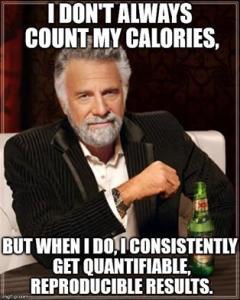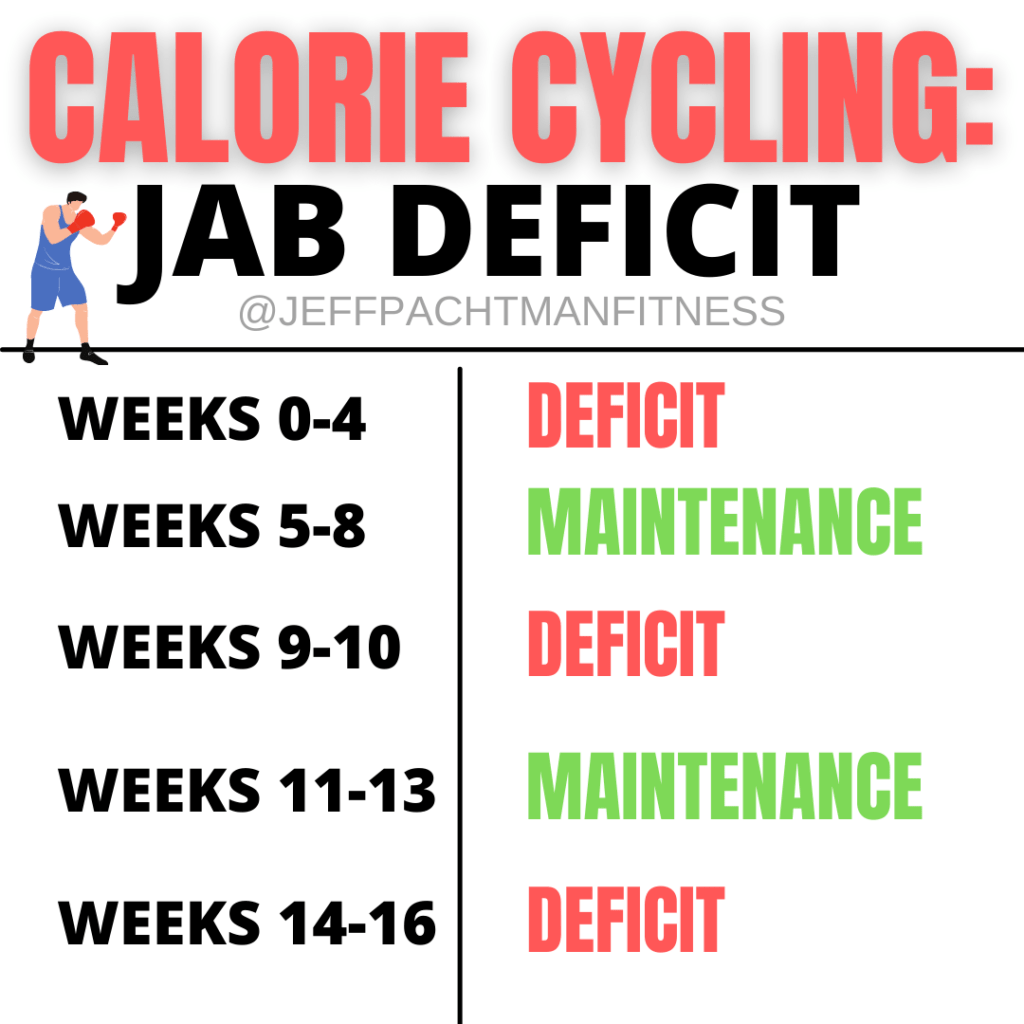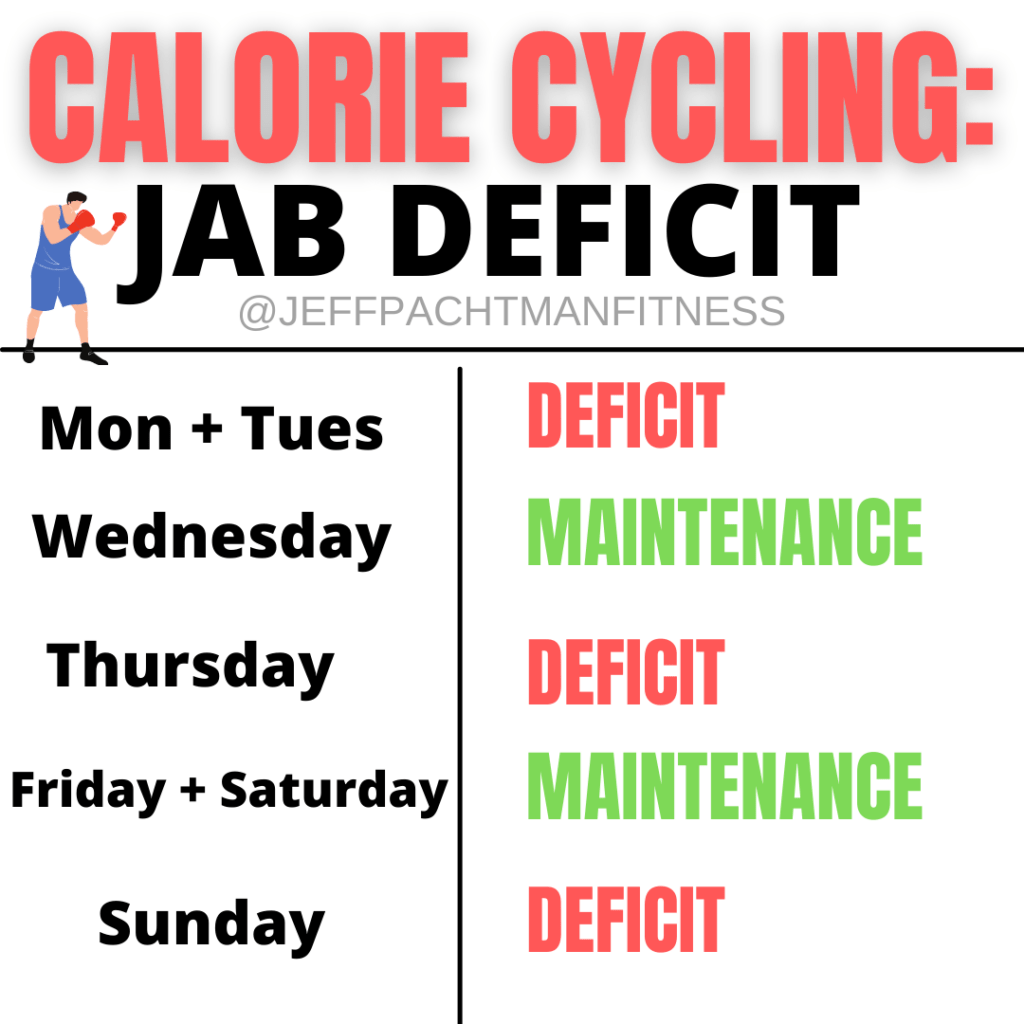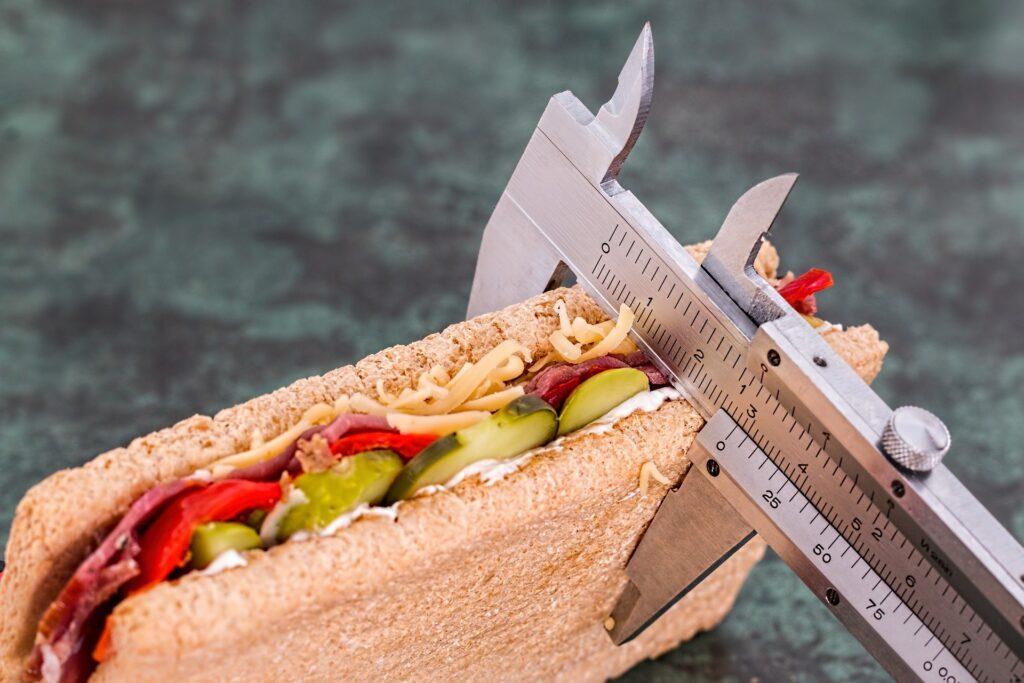Calorie cycling for weight loss is an emerging diet style that using a flexible approach to a traditional calorie deficit. Cycling calories between high days and low days is an effective tool because we are not robots. There are going to be days when we are busy, not as hungry, and don’t have as much time to dedicate to our nutrition as others. This also allow some more flexibility during the weekends and planned holidays, and allows you to still lose fat even when life gets hectic.
There are a couple of different strategies to apply with calorie cycling, and by the end of this article, you will know all of the tips, tricks, and hacks to apply calorie cycling to your fat loss regimen.
In order for us to talk about calorie cycling, first you need to know what a calorie deficit is, and how to find out how many calories you should be eating for fat loss.
What is a calorie deficit?
The simplest way I can explain a calorie deficit:
Eating less than your body burns.
If your body requires 2000 calories to maintain your current weight, and you eat 1800 calories, you are in a calorie deficit.
I know, it’s really that simple.
But is it though?
No.
There are nuances, and I’m going to go into them here in a moment.
How Do I Find My Calorie Deficit?

Well there are a couple of different ways to do that:
1. Calorie Calculators
You can download my free calorie calculator, or you can apply the process of trial and error.
Remember that any calculator you use online is only going to be estimate.
If your average weekly weigh-in is going down 0.5-1 lb per week, you have found a sustainable deficit.
If it goes down faster than that, add 100 more calories and try again.
The goal of being in a calorie deficit is to eat as much food as possible while still losing fat.
2. Find your current average caloric intake
When a new online coaching client starts working with me, I have them track their calories for 5-7 days. This gives me some good information as well as a good idea of their weekend habits.
If you take the average of all of these 5-7 days of current caloric intake, that will usually give you a good starting point for maintenance.
You can usually just shave a couple hundred calories off of that number and start there.
Again, if your average weekly weigh-in is going down, you have found that sweet spot.
If you find that amount of calories to is not sustainable for you—irritability, constant hunger, fatigue…then I would add some more calories back in.
Remember, this is a marathon not a sprint, and the more weight you have to lose, the more sustainable this plan needs to be.
Now, I am going to teach about how to use calorie cycling for weight loss and incorporate it into your diet plan.
Calorie Cycling For Weight Loss: Basics
When it comes to being in a calorie deficit, your daily calories don’t matter as much as your weekly calories.
For example:
Let’s say your deficit is 1800 calories.
1800 (deficit) x 7 (days) = 12,600 calories per week
You could literally split up those calories any way that you wanted to, but here’s a couple simple examples:
1. Workout Warrior Deficit
If you are someone who gets extremely hungry on lifting days, or you just want to have more fuel for your training, you could plan higher calorie days around your workouts.
Let’s say you do your strength training on Monday, Wednesday, and Friday.
M- 2000 calories
T- 1650 Calories
W- 2000 calories
TH- 1650 calories
F- 2000 calories
Sat- 1650 calories
Sun- 1650 calories
2. Calorie cycling for weight loss: Weekend Warrior Deficit
Maybe your someone who is more social on the weekends and likes to reserve more calories for outings with the family, some weekend drinking, and more indulgent meals…
This could be a reasonable plan for you:
M- 1500 calories
T- 1500 Calories
W- 1500 calories
TH- 1500 calories
F- 1500 calories
Sat- 2550 calories
Sun- 2550 calories
Keep in mind here that having more food in your stomach means that you will weigh more on Monday, but don’t let that mess with your head.
It’s not fat gain, it’s just extra food, and your weight will come back down.
If you are weighing yourself, focus on weekly averages, not daily fluctuations.
3. The Jab Deficit
Instead of trying to do a calorie deficit through the entirety of your fat loss phase until you reach your goals, the jab deficit introduces brief periods of calorie deficits, followed by periods of maintenance.
Maintenance is just as it implies, you will maintain your current weight.
This method is extremely useful for those who have a hard time maintaining a calorie deficit for long periods of time (myself included).
Here’s an example of a 16 week jab deficit:

This method was popularized by Jordan Syatt, so I will link one of his videos here:
Implementing a jab deficit does not have to be on a weekly or even monthly basis, it can even be on a weekly basis…for example:

Using Calorie Ranges
Instead of just trying to hit 1800 calories perfectly, use a range like 1700-1900.
The reason for this is simple:
In order for this plan to be sustainable, it needs to be flexible.
Feeling like a failure because you ate 50 calories over your daily total is just stupid, and it is going to make you feel like giving up.
Using a range will allow for some flexibility and help make your fat loss program more realistic.
Simple Tips
- Try out different calorie cycling strategies to see what works for you
- If you know there are days you typically eat less, make those your lower days
- If there are days you are typically more hungry or just seem to be around more high calorie foods, make those your high days.
- The most important factor here is just to make sure your weekly intake is the same. For example 1800 calories/day = 12,600 calories/week. It doesn’t matter how you split those calories up as long as your weekly total is 12,600
- If you have a few higher calorie days, you are going to weigh more on the scale. It will go back down, no need to worry 🙂
- Calorie cycling may work for many, but not for everyone. Try it out and see if it is a good fit. Some of my online coaching clients find it to actually be harder and more confusing than just a straight deficit.

